FURUSATO PROJECT Activities
We visit elementary schools all over the country, have performances and experiences by Japanese instrument players, and plant cherry blossom trees.
Performance by Japanese instrument players
Japanese instrument players will perform on Japanese drums, shinobue, shamisen, and more.
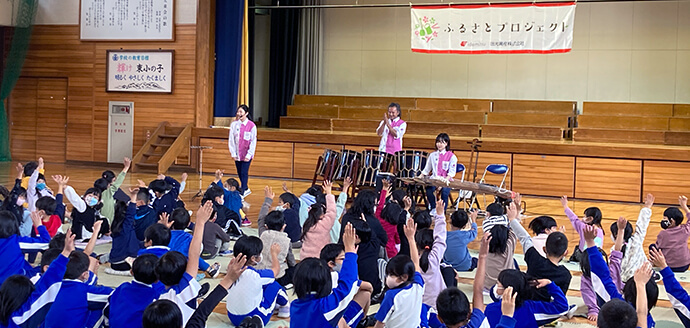
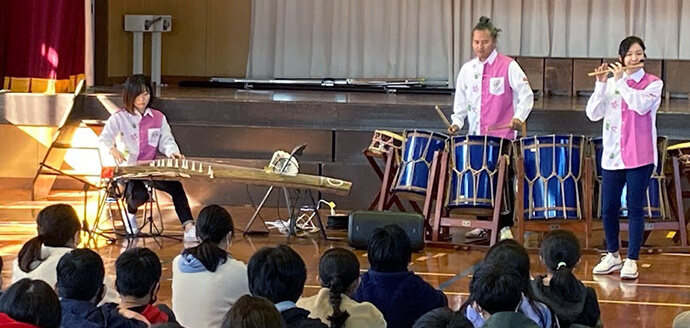
Japanese musical instrument experience
Children will actually play and experience Japanese drums.
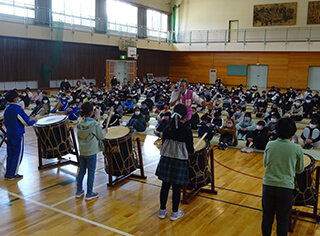
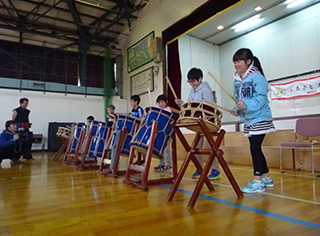
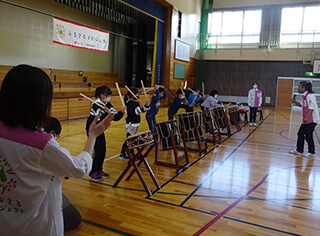
planting cherry trees
Plant a cherry tree on the school grounds, and everyone sprinkles soil and water on it.
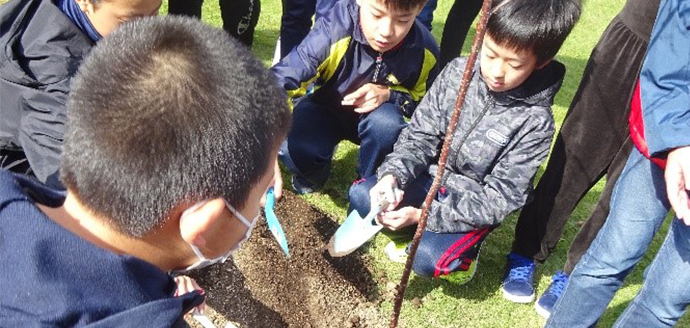
“Grow big! Cherry blossom tree!”
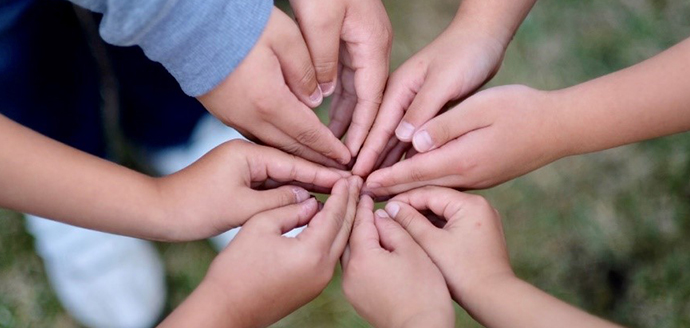
Representing cherry blossom petals with children's hands
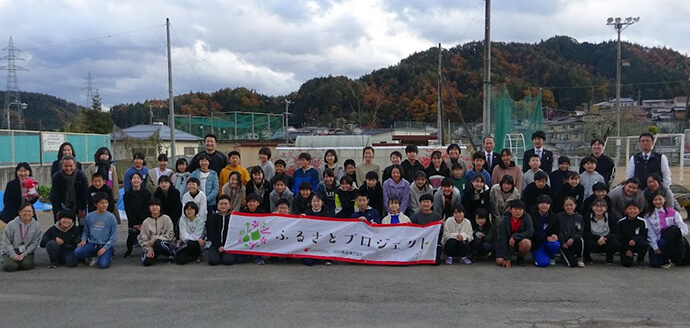
Commemorative photo in front of the cherry blossom tree
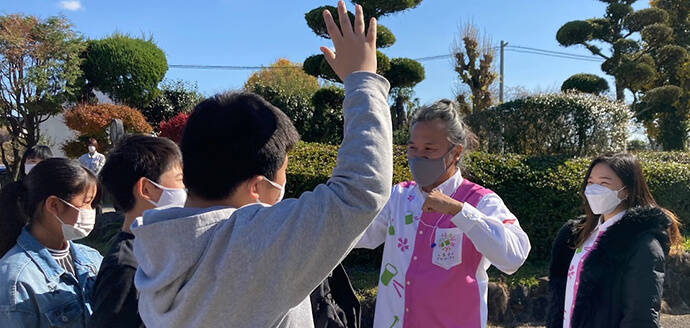
Greetings with Japanese instrument players after the event
Souvenir
We will give commemorative gifts to children who participate in this project.
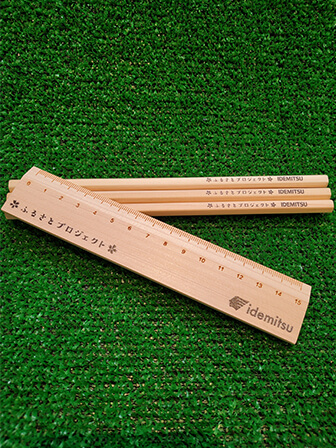
Introduction of Japanese instrument players
Ryohei Inoue (taiko drums), Kohei Inoue (taiko drums, shamisen, bamboo flute) / AUN J Classic Orchestra
Kaori Ishimoto (Koto), Saki Matsui (Koto), Hikari Tamaki (Shinobue) / SAKURA J SOUNDS
Shiori Tanabe (Shakuhachi) / NADESHIKO J ENSEMBLE
(*3 out of the 6 students will visit the school and perform.)
In addition to their solo performance at Mont Saint-Michel and the highly successful ONE ASIA joint concert at Angkor Wat, they also performed at the opening of the Washington DC Cherry Blossom Festival, etc. Mainly in the “Classical Orchestra”, there is “NADESHIKO J ENSEMBLE”, a trio of women who graduated from Tokyo University of the Arts and have both good performance and good looks, and “SAKURA J SOUNDS”, a trio of young and energetic girls. “Team J Classic Orchestra” is a special team consisting of young members of “SOUNDS”. In 2018, he released “Wagakki De Anisong”.
From “Team J Classic Orchestra”, Ryohei Inoue (taiko) from AUN J Classic Orchestra, Kohei Inoue (taiko, shamisen, shinobue), Shiori Tanabe (shakuhachi) from NADESHIKO J ENSEMBLE, Kaori Ishimoto from SAKURA J SOUNDS (koto), Saki Matsui (koto), and Hikari Tamaki (shinobue) are participating in FURUSATO PROJECT.
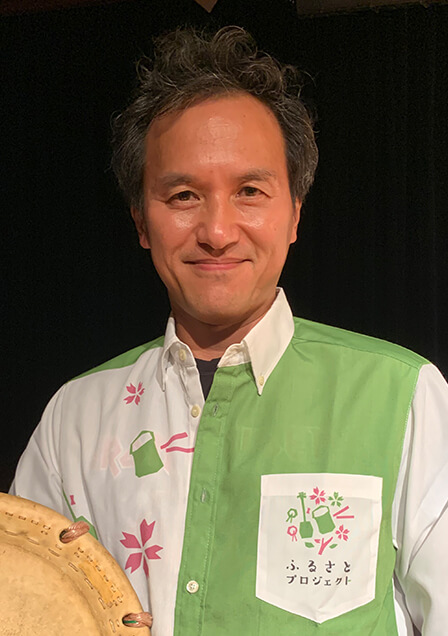
Ryohei Inoue (taiko)
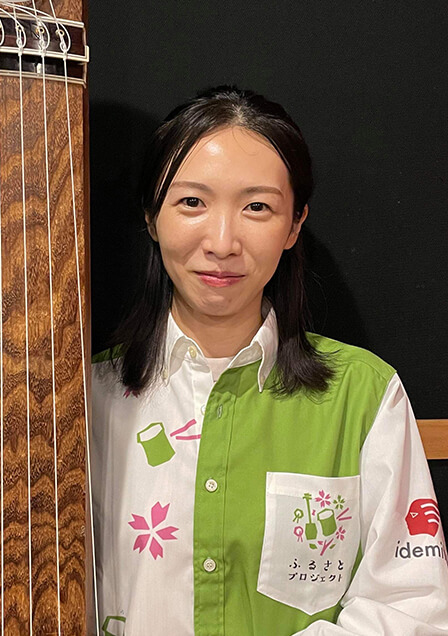
Kaori Ishimoto (koto)
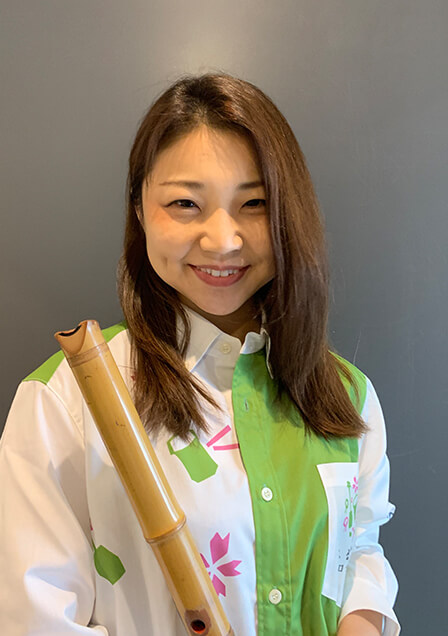
Shiori Tanabe (Shakuhachi)
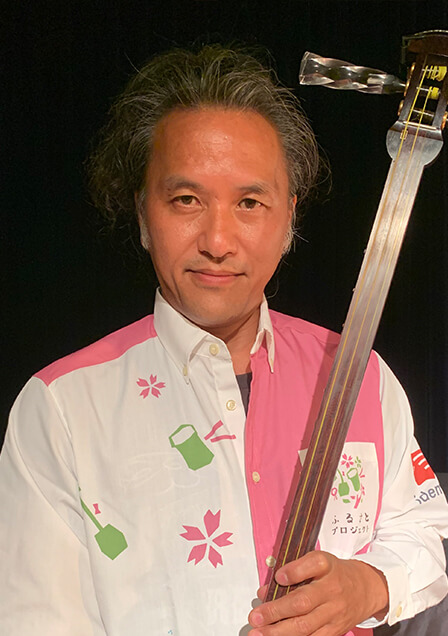
Kohei Inoue (taiko, shamisen, shinobue)
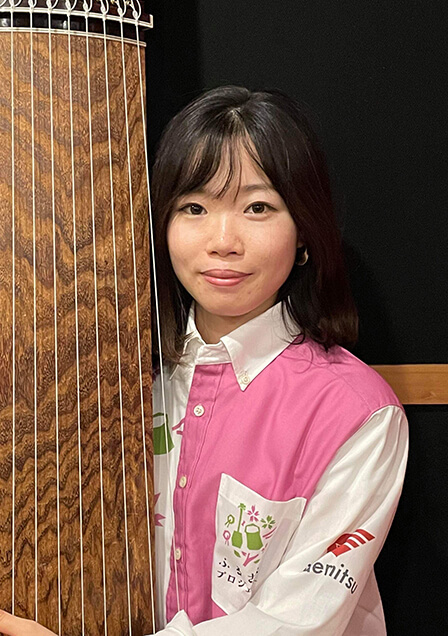
Saki Matsui (Koto)
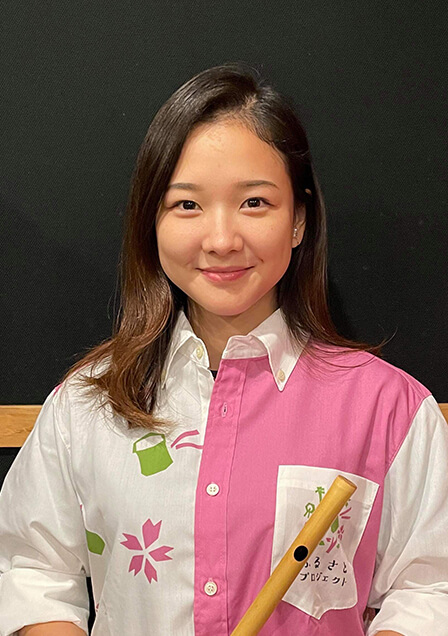
Hikari Tamaki (Shinobue)
Instrument introduction
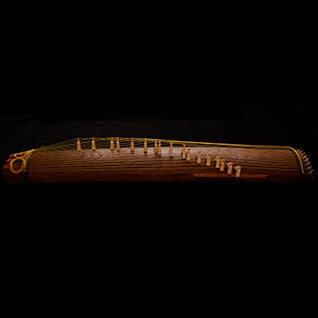
Koto
The koto is a musical instrument with a dragon motif.It is a stringed instrument that is usually tuned by placing a piece called a koto pillar between the 13 strings and the body, and played by plucking the strings with nails inserted into the three fingers of the right hand. . It is made of paulownia wood, with silk thread or tetron for the strings, and ivory for the claws. There are two schools of koto music (koto music): the Ikuta-ryu and the Yamada-ryu.The Ikuta-ryu is characterized by the use of square claws and sitting diagonally to the koto, whereas the Yamada-ryu is a school that was developed mainly in the Edo period. This school is characterized by the use of rounded claws when playing, and by sitting straight against the koto.
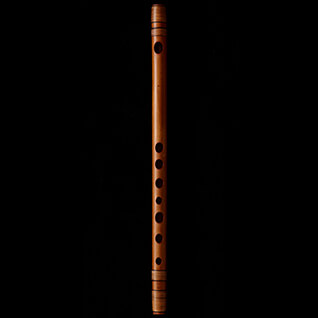
Shinobue
Shinobue What is whistle, Bamboo flute, flute also called japanese wind instruments is. The material is Shinotake It is made from.
festival Hayashi, Kagura music, Lion dance music, kabuki, Nagauta, folk song It is used for such things.
Among them, Hayashietc The flute used in musical accompaniment “classical style”of Shinobue It's called.
This flute does not have a single standard, and the length of the pipe and finger hole The number is not uniform and varies depending on the land and use.
on the other hand,“songs”of Shinobue teeth, finger hole 6-7 hole Yes, and the scale is Western (Do-Re-Mi), so it can be used with a variety of Western scale instruments.
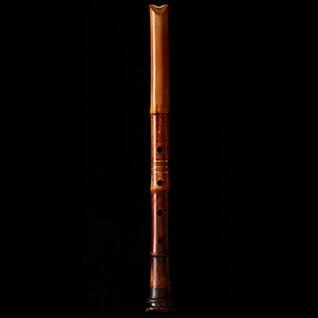
Shakuhachi
Shakuhachi is a reedless, made from bamboo. vertical flute A type of Japanese woodwind instruments is.
Asuka from Nara period By China (Tang)from Envoy to Tang Dynasty It is said that it was introduced by
Madake It is made of Shakuhachi The standard tube length is One foot and eight inchesShakuhachi It is said that it came to be called.
There are various types of tubes, from long ones to short ones, and they can be used depending on the key of the song.
The structure is simple, with four holes in the front and one hole in the back, but because of this, it is able to produce special sounds.
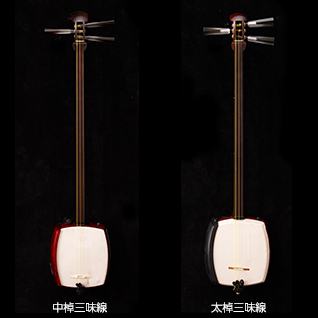
shamisen
shamisen is a Japanese stringed instrument with three strings. repellent Use a spatula-shaped tool to make a sound by plucking it. plucked string instrument is.
Edo Period for, Nagauta, Gidayu, Tokiwazu, Kiyomoto, Jiuta, Shinnai, Tsugaru and various other shamisen music was born, and accordingly shamisen The shape of Thin pole, Middle pole, Taisho These were created with different neck thicknesses and sizes.
shamisen As the material of Beniki, rosewood, Hanarin is used, repellent for ivory, Bet Instep, water buffalo Other materials such as wood and plastic are also used.
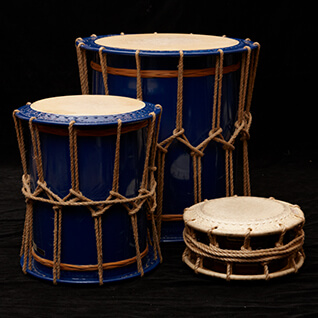
drum
drum There are mainly types of long drum (Miya Taiko), barrel drum, Shime-daiko there is.
long drum teeth Miya Taiko Also good oak Hollow out a tree such as oak or oak, stud Peel the skin with torso (riveting drum), and is a commonly seen type of drum.
Also, barrel drum is split vertically Japanese cypress Gather relatively light boards such as Japanese mackerel or Spanish mackerel into a circular shape. torso The skin is made from string or strung with rope drum is.
Shime-daiko is a hollowed out torso but string The sound quality can be adjusted by tightening the leather by pasting the leather with bolts and nuts. drum is.